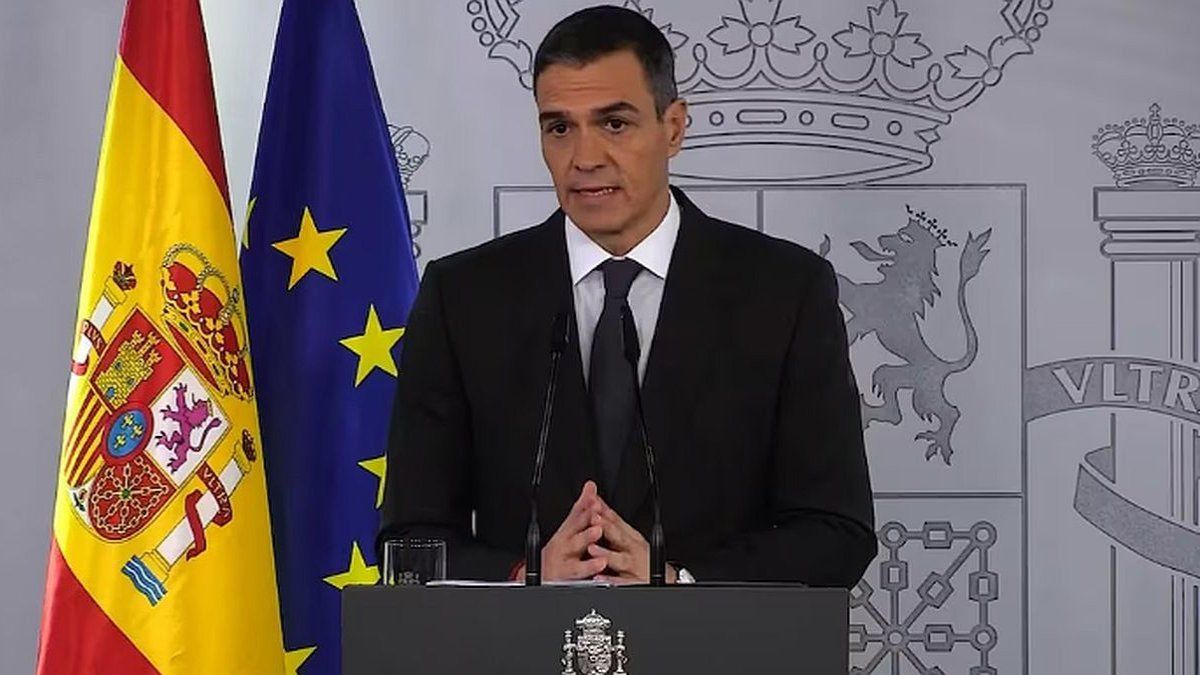Even in 2024, contraception is still almost exclusively a women’s issue. Half of women also bear the costs themselves, according to the first Austrian contraception report from the Ministry of Health, for which more than 1,000 women were surveyed.
According to the study, 46 percent of women use contraception alone, while 12 percent use it with their partner. Eight percent use contraception together with their partner. 33 percent of women do not use any contraceptives at all. A quarter say they share the costs.

The most common contraceptive methods among sexually active women in Austria are the pill (42 percent), which costs between four and 15 euros per month, and condoms (40 percent), which cost about 50 cents each. 17 percent use the coil, which is available with or without hormones; the latter costs around 400 euros for a five-year period of use. “One of the safest contraceptive methods is the hormone rod,” said study author Sylvia Gaiswinkler. However, this is a question of cost, as long-term contraceptives in particular are particularly expensive and “often unaffordable” for many women; it costs around 300 to 400 euros for three years.
This poll is disabled
Please activate the category Targeting cookies in your cookie settings to display this element. My cookie settings
Anyone who wants to use contraception in this country has to pay for it entirely out of their own pocket; there is no support from health insurance. This puts Austria at the bottom of the list compared to northern and western Europe, reported Gaiswinkler. There are positive examples in England and France. “As long as women are primarily responsible for contraception and also bear the majority of the costs, there is a great need for free contraception and advice in Austria,” said the women’s health expert. “Contraception must finally become a man’s issue,” stressed Health Minister Johannes Rauch (Greens).
Free condoms?
“The data clearly indicate that free provision of contraceptives has the potential to strongly influence the choice of contraceptive method,” explained the Health Minister. “We will not be able to introduce free contraception throughout Austria overnight,” he said. But building on the contraception report, a pilot project will start in the autumn to clarify: “How can this be implemented technically, how is it being used, what needs to be focused on?” The project will run until the end of 2026.
This poll is disabled
Please activate the category Targeting cookies in your cookie settings to display this element. My cookie settings
In the model region of Vorarlberg, around one in 20 women of reproductive age between 14 and 45 will receive free contraceptives and advice. Registration will be possible at the women’s information center femail, or possibly directly with your own gynecologist.
The participants can freely choose the contraceptive they want, said Lea Putz-Erath from femail. “The aim is to improve women’s health and to collect scientific data for future nationwide models for free contraception.”
My themes
For your bookmarked topics
new articles found.

info By clicking on the icon you add the keyword to your topics.
info
By clicking on the icon you open your “my topics” page. You have of 15 keywords saved and would have to remove keywords.
info By clicking on the icon you remove the keyword from your topics.
Add the topic to your topics.
Source: Nachrichten



